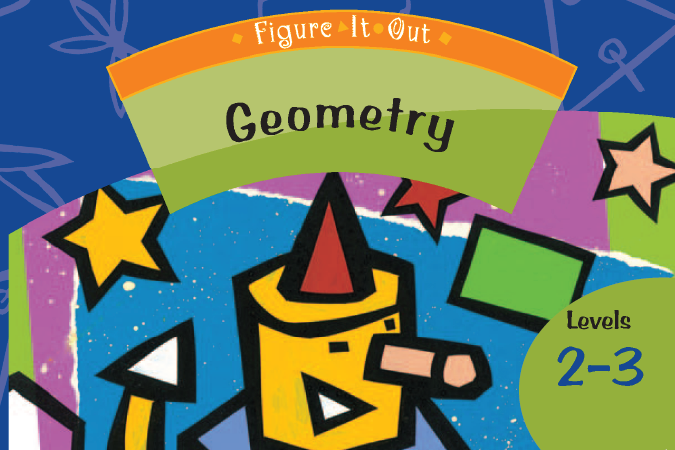Changing shape
This is a level 2 geometry activity from the Figure It Out series. A PDF of the student activity is included.

About this resource
Figure It Out is a series of 80 books published between 1999 and 2009 to support teaching and learning in New Zealand classrooms.
This resource provides the teachers’ notes and answers for one activity from the Figure It Out series. A printable PDF of the student activity can be downloaded from the materials that come with this resource.
Specific learning outcomes:
- Construct two-dimensional shapes using triangles.
Changing shape
Achievement objectives
GM2-3: Sort objects by their spatial features, with justification.
Required materials
- Figure It Out, Levels 2–3, Geometry, "Changing shape", page 7
- cardboard
- scissors
See Materials that come with this resource to download:
- Changing shape activity (.pdf)
Activity
Students will need to make the triangle pieces for the two activities from two square pieces of card so that they can manipulate the pieces to work out the different shapes each time. As with the rod problems on page 6, it is very important to have a concept of the size and properties of the target shape. Also important are the subunits of target shapes and how they might be made using the pieces.
For example, in Activity 1, the main subunits can be made up in the following ways:

See the diagrams in the Answers section for possible solutions.
Remind students that all the pieces must be used to complete each target shape.
Note how the square, triangle, and parallelogram subunits are used in these possible answers for question b:

Similar reasoning can be used to solve these problems. It should be noted that the shapes in problems a and b overlap slightly. The subunits here are:

a.

b.

Activity 1
Some possible answers:
a.

b.

c.

d.

Activity 2
1.–2.
Teacher to check.
The quality of the images on this page may vary depending on the device you are using.


